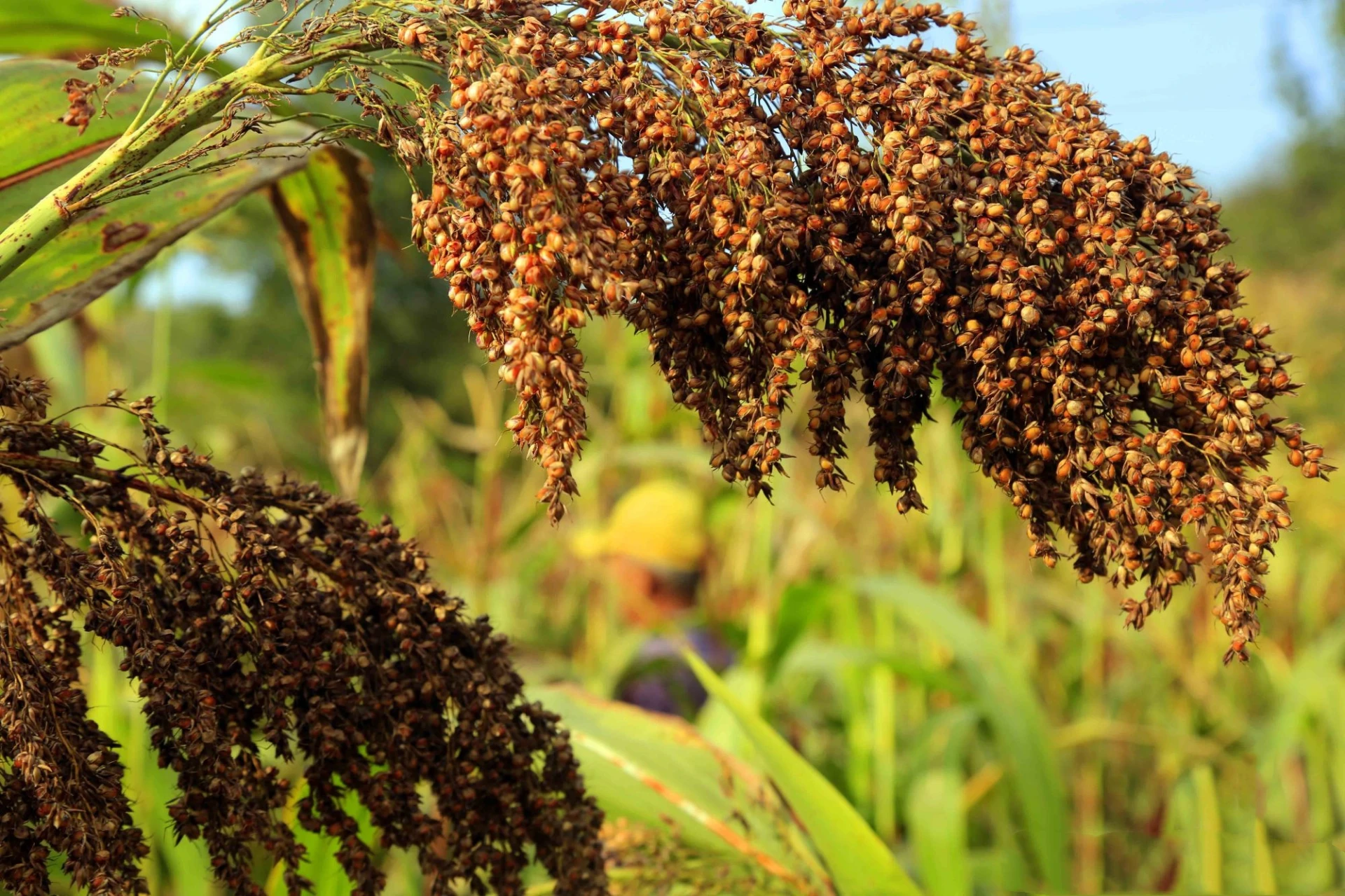
Dec . 01, 2024 12:00 Back to list
carbendazim 12 mancozeb 63 wp msds manufacturer
Understanding Carbendazim and Mancozeb Safety and Applications in Agriculture
Carbendazim and mancozeb are two widely used fungicides in agricultural practices. These compounds are essential in protecting crops from a variety of fungal diseases, thus ensuring a healthy yield. However, as with any chemical agent, it is imperative to understand their properties, applications, and safety guidelines, particularly as detailed in the Material Safety Data Sheets (MSDS) provided by manufacturers.
Chemical Properties and Uses
Carbendazim is a systemic fungicide belonging to the benzimidazole class. It works by inhibiting the mitotic spindle formation in fungal cells, which effectively disrupts their growth and reproduction. This makes carbendazim highly effective against a broad spectrum of fungi, including those that affect fruits, vegetables, and ornamental plants. Due to its systemic nature, carbendazim can be absorbed by plants, providing longer-lasting protection.
Mancozeb, on the other hand, is a contact fungicide that belongs to the dithiocarbamate group. It functions by disrupting the cellular respiration of fungal pathogens, and it is particularly effective against leaf spots, downy mildews, and blights. Mancozeb is often used in combination with other fungicides to enhance efficacy and broaden the spectrum of fungal control.
Application in Agriculture
Both carbendazim and mancozeb are crucial in sustainable agriculture, helping to maintain crop health and yield
. Farmers often apply these fungicides in the form of wettable powders, which allow for easy dilution in water and application via spraying equipment. The application rates can vary based on the crop type, pest pressure, and environmental conditions.It is also common practice to rotate fungicides with different modes of action to reduce the risk of fungal resistance. This strategy is vital in ensuring that crops remain protected while minimizing the potential for pathogens to develop resistance to these chemical treatments.
Safety Considerations
carbendazim 12 mancozeb 63 wp msds manufacturer

Despite their benefits, the use of carbendazim and mancozeb requires careful consideration of health and environmental impacts. The MSDS from manufacturers provides critical information about the safe handling, storage, and disposal of these chemicals.
Carbendazim is recognized for its potential to cause health hazards if not handled properly. Exposure can occur through inhalation, skin contact, or ingestion. Symptoms of overexposure may include skin irritation, respiratory issues, and gastrointestinal disturbances. Therefore, personal protective equipment (PPE) such as gloves, masks, and goggles is strongly recommended during application.
Mancozeb, while generally regarded as less hazardous than carbendazim, also poses risks. Prolonged exposure can lead to similar health issues, including skin irritation and respiratory problems. Environmental considerations are equally important; both fungicides can have adverse effects on non-target organisms if they enter waterways.
Regulatory and Environmental Impact
Both substances are regulated by various governmental agencies to ensure they are used safely and effectively in agricultural settings. The establishment of Maximum Residue Limits (MRLs) helps to protect consumers and the environment, while promoting responsible usage among farmers.
Farmers are encouraged to follow guidelines outlined in the MSDS to minimize risks and maximize safety. Integrated Pest Management (IPM) practices, including the use of biological control methods and cultural practices, can further reduce reliance on chemical fungicides.
Conclusion
Carbendazim and mancozeb are vital tools in modern agriculture, playing a critical role in the management of plant diseases. However, the importance of safety, responsible usage, and environmental awareness cannot be overstated. By adhering to the guidelines provided in the MSDS and implementing best practices, farmers can protect their crops effectively while safeguarding their health and the environment. As the agricultural sector continues to evolve, ongoing research and regulation will play a key role in ensuring that these fungicides remain safe and effective for future generations.
-
Kasugamycin Fungicide: Efficient Bacterial & Fungal Control
NewsAug.02,2025
-
Emamectin Benzoate: AI-Optimized Pest Control Solution
NewsAug.01,2025
-
Best Abamectin 95% | Top Pesticide for Crop Protection
NewsJul.31,2025
-
Insecticide Spirotetramat 11% + Thiacloprid 11% SC at Good Price
NewsJul.30,2025
-
Best Abamectin SDS - Premium Quality & Reliable Safety Data
NewsJul.29,2025
-
Agrochemicals Pesticides Solutions for Sustainable Farming
NewsJul.29,2025
